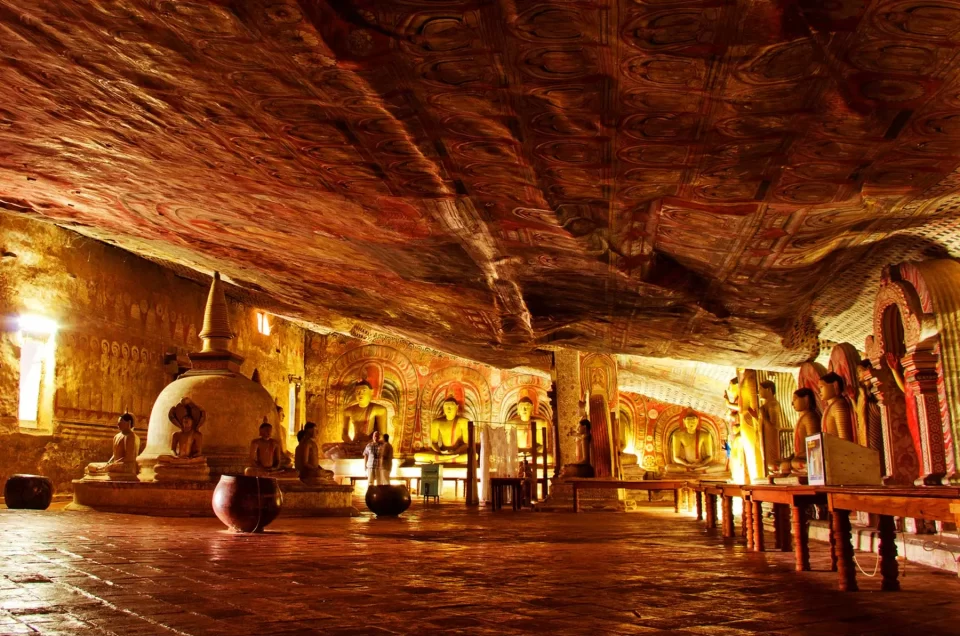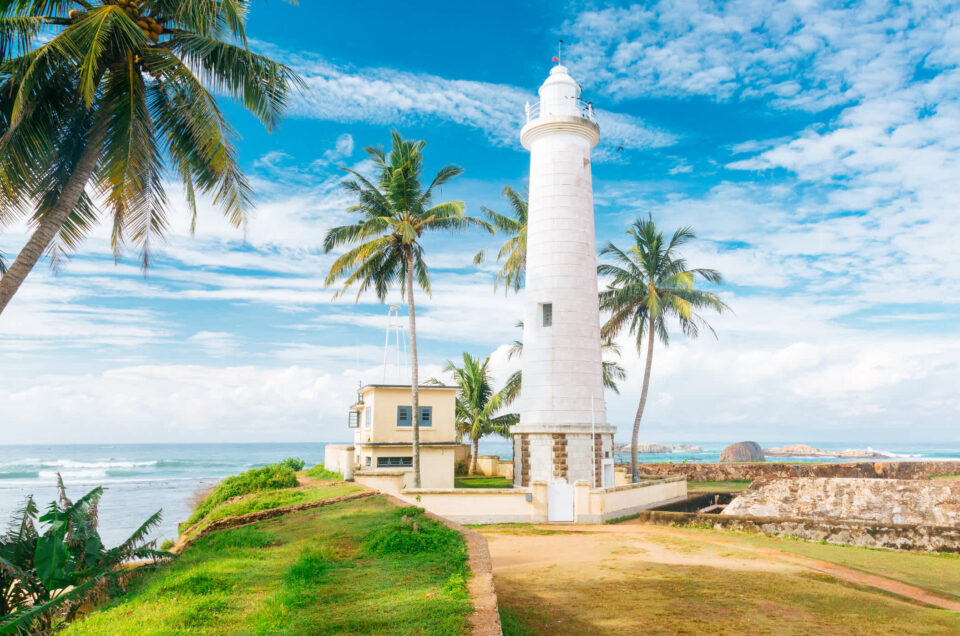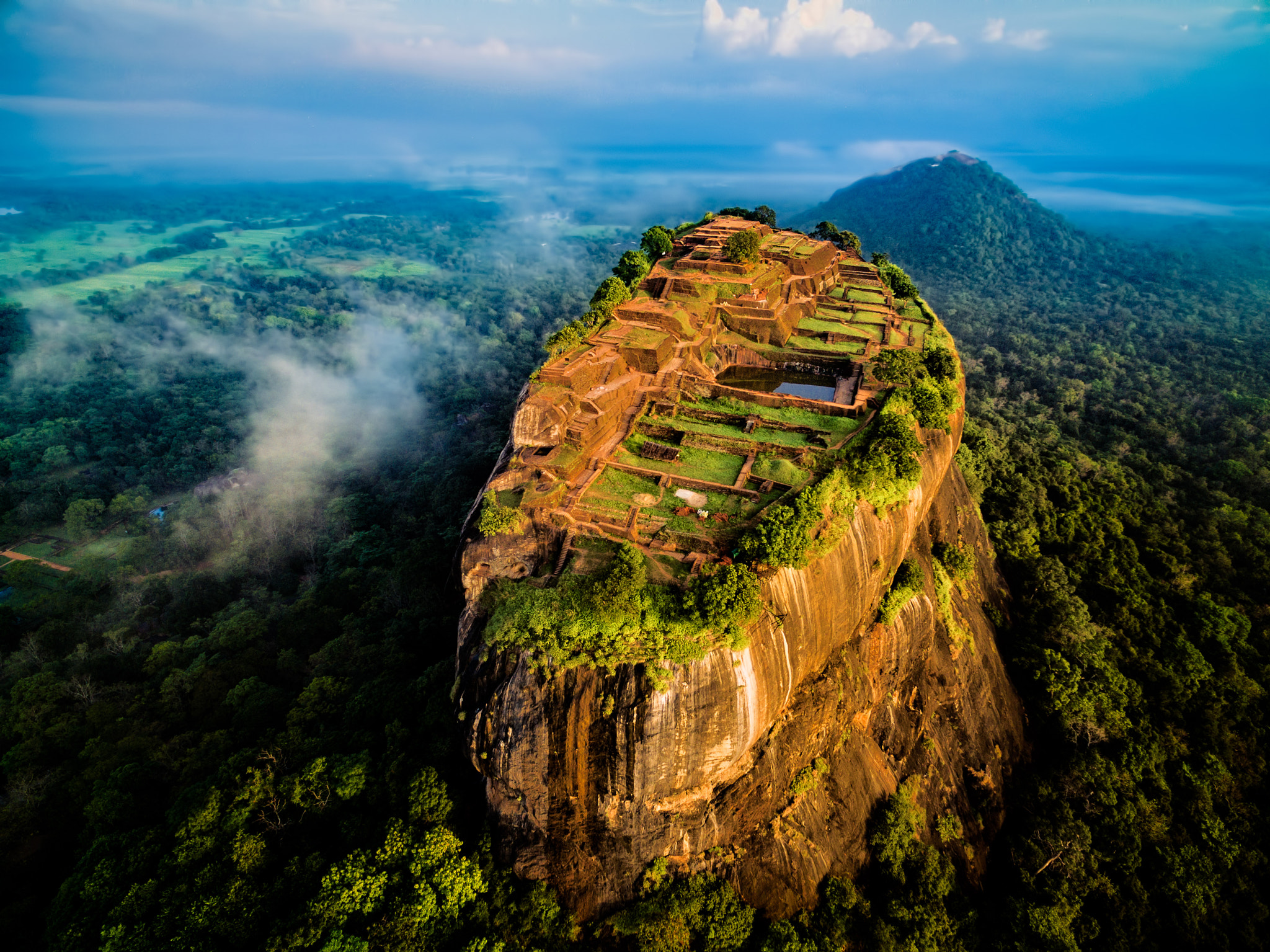
Sigiriya, often referred to as the “Lion Rock,” is a remarkable ancient rock fortress located in the heart of Sri Lanka. This UNESCO World Heritage Site stands as a testament to the island’s rich history and architectural ingenuity. Exploring Sigiriya offers a fascinating glimpse into Sri Lanka’s past and the marvels of ancient engineering.
The distance from the Colombo is 169km and is on the way to Anuradhapura or polonnaruwa. Sigiriya was designated as a world heritage site in 1982. Sigiriya is famous for it’s palace ruins on top of a massive 200 meter high rock surrounded by the remains of an extensive network of gardens, reservoirs and other structures.
The rock itself is a lava plug left over from an ancient long extinct volcano. It is also renowned for its ancient paintings (frescoes), which are similar to those found at Ajanta Caves in India. It is generally agreed, however, that the Sigiriya Frescoes exhibit a uniquely Sri Lankan style. Sigiriya may have been inhabited through prehistoric times.
It was used as a rock-shelter mountain monastery from about the 5th century BC, with caves prepared and donated by devotees of the Buddhist Sangha. Sigiriya Museum shows photos of the excavation of Sigiriya, reproductions of the frescoes, examples and translations of some of the graffiti on the Mirror Wall, and artifacts excavated from the site. You can probably view the museum in about 1 hour. Since the museum is outside the main entrance.
Historical Significance
Constructed during the reign of King Kashyapa (477 – 495 AD), Sigiriya served as both a palace and a fortress. The site was strategically chosen for its natural defenses and its imposing presence over the surrounding plains. After King Kashyapa’s demise, Sigiriya was transformed into a Buddhist monastery until the 14th century.
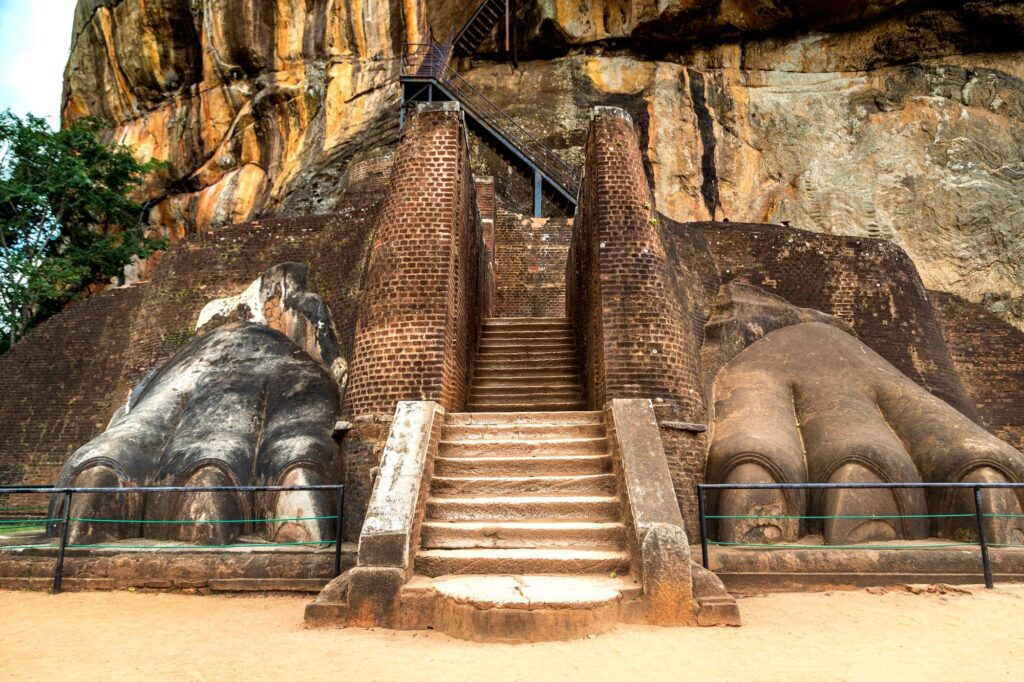
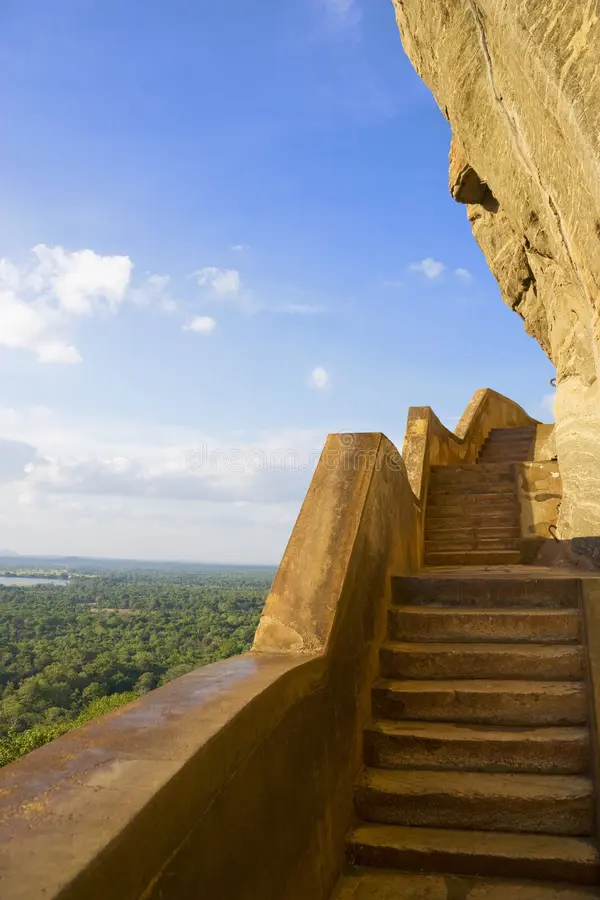
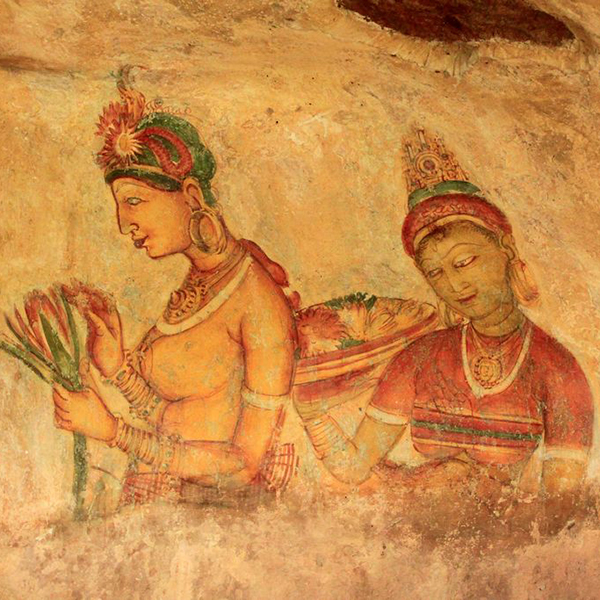
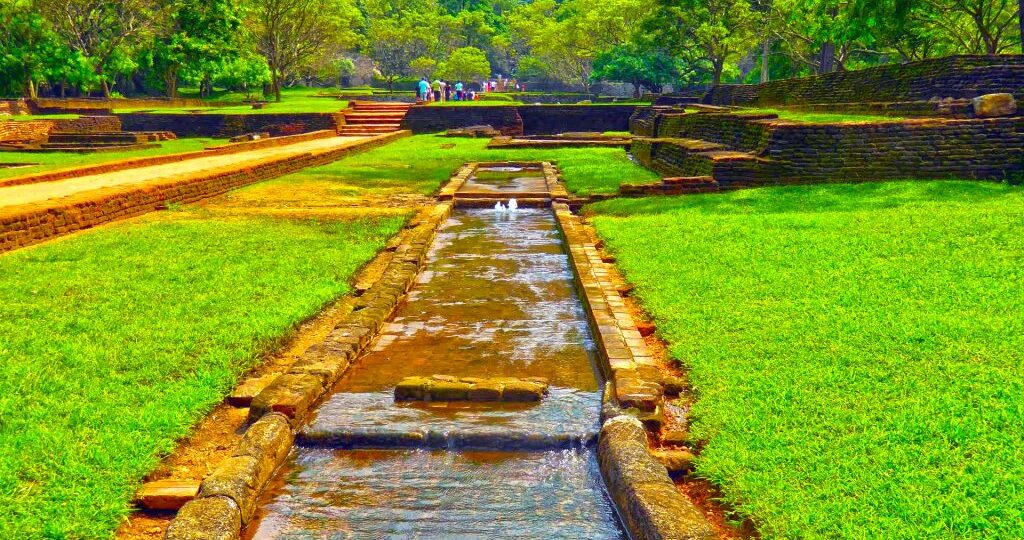
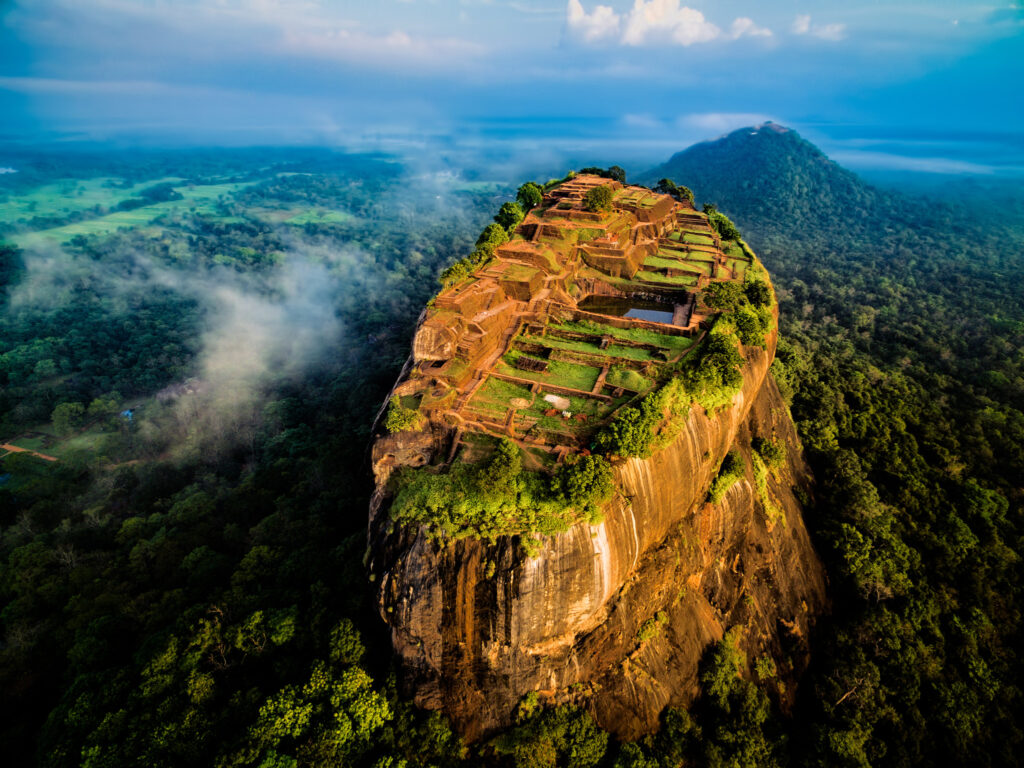
Architectural Marvels
The Lion’s Gate: The entrance to the summit was designed to resemble a massive lion, with its paws still visible today. This lion imagery is the origin of the name “Sigiriya,” derived from “Sinhagiri,” meaning Lion Rock.
Frescoes: The western face of Sigiriya Rock was once adorned with vibrant frescoes depicting celestial maidens, known as the “Sigiriya Damsels.” These paintings showcase the artistic excellence of the period.
The Mirror Wall: Originally polished to a mirror-like finish, this wall contains ancient graffiti known as “Sigiri Graffiti,” where visitors inscribed poems and thoughts, some dating back to the 8th century.
Water Gardens: At the base of the rock lies a complex network of gardens, pools, and fountains, demonstrating advanced hydraulic systems and landscape design.

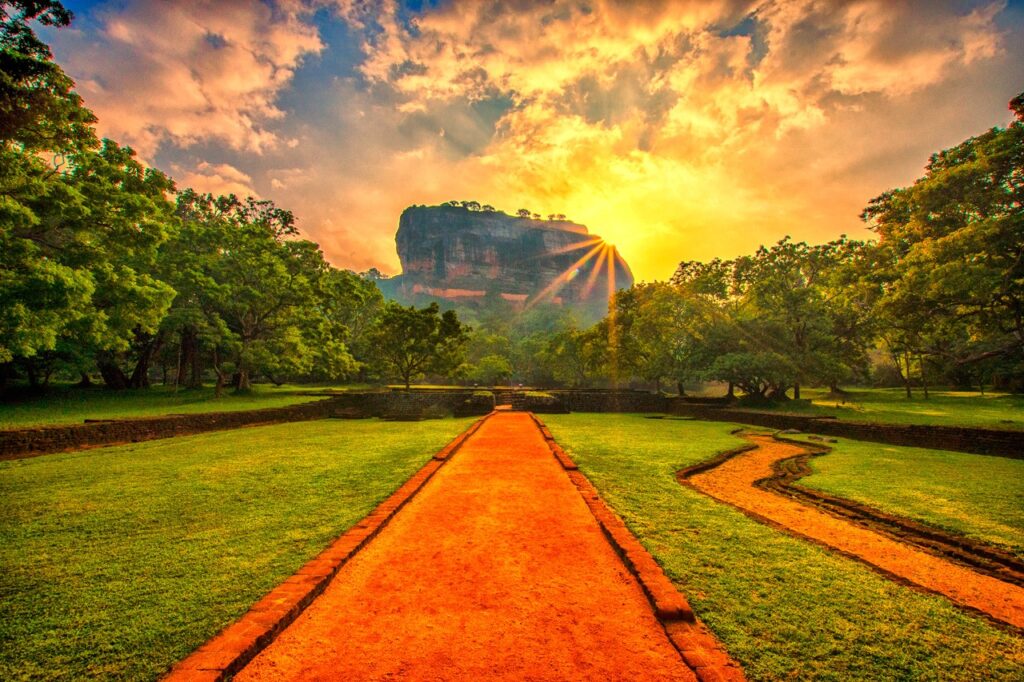
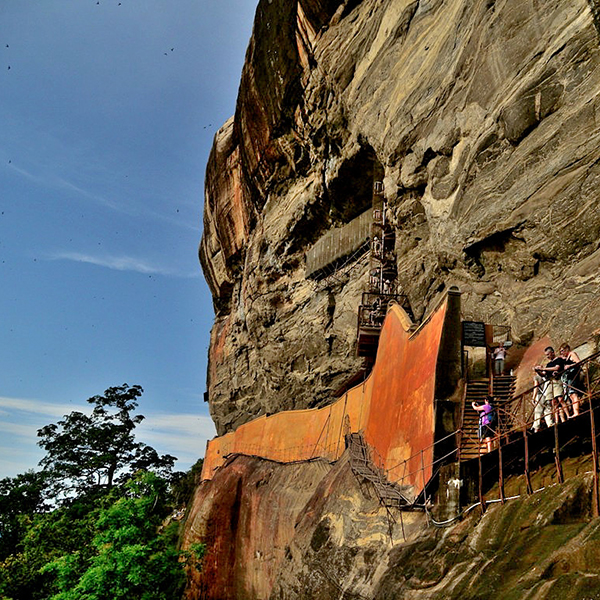




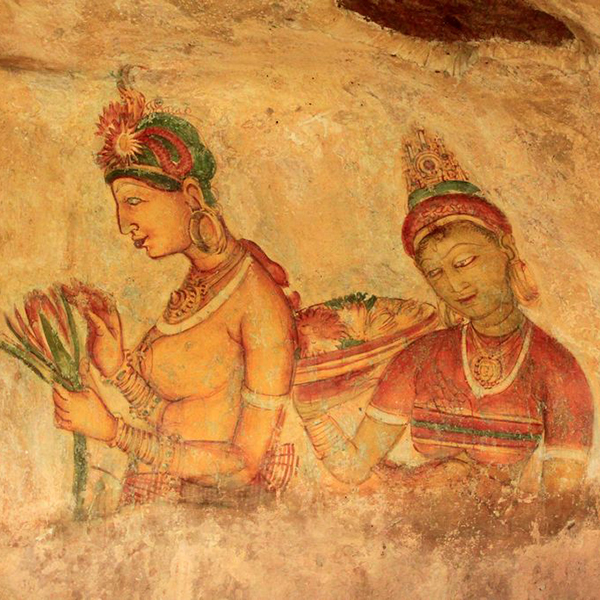

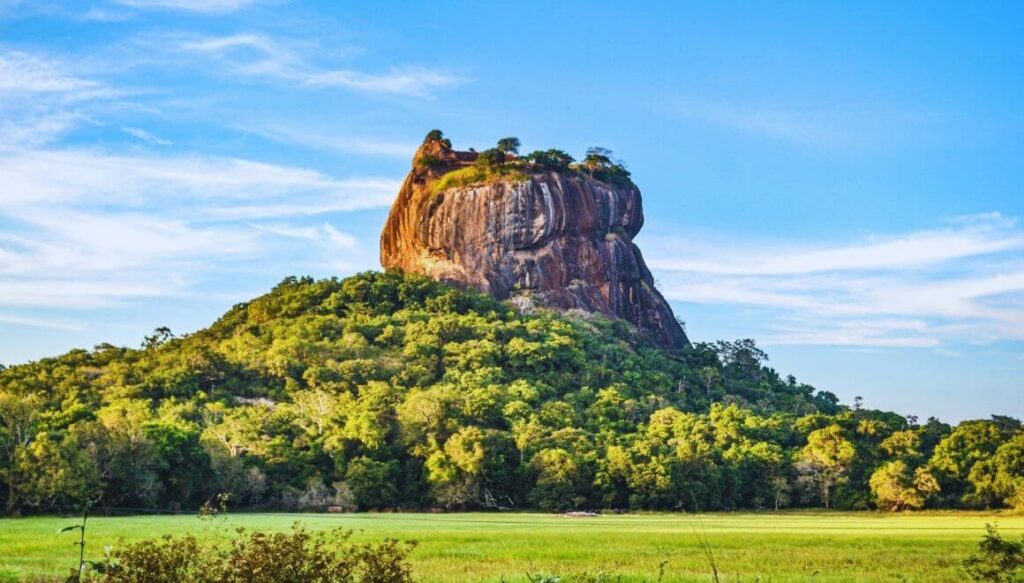

Visiting Sigiriya with Ditto Travels
Embarking on a journey to Sigiriya is both educational and inspiring. With Ditto Travels can experience:
Guided Tours: Expert guides provide in-depth knowledge about the history, architecture, and cultural significance of Sigiriya.
Interactive Learning: Engage in activities that bring ancient history to life, making the visit both informative and enjoyable.
Safety and Comfort: Ensuring a secure and comfortable experience for all visitors, with amenities tailored for groups.

